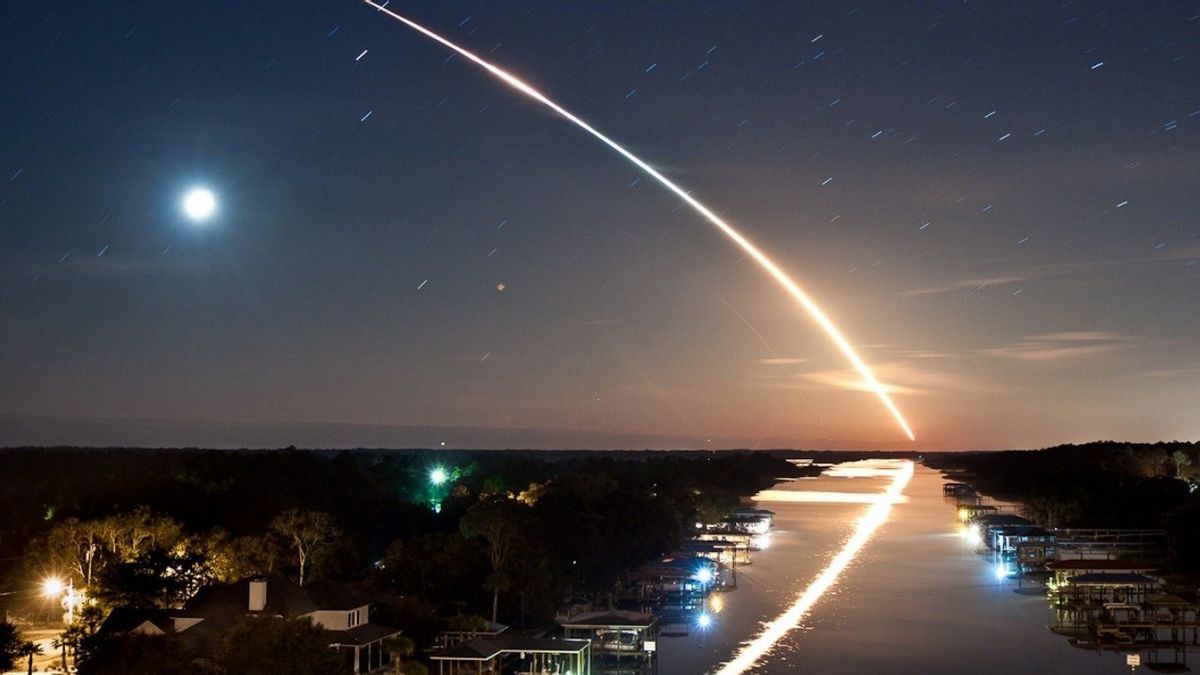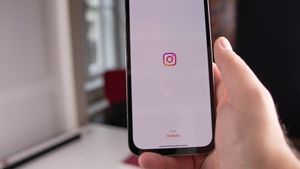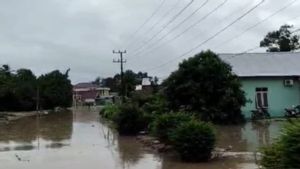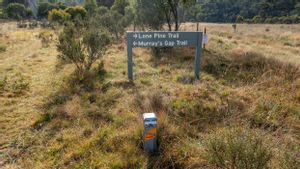JAKARTA - Entering the beginning of the year, Indonesia's sky will be decorated with Quadrantid meteor shower. On January 4 yesterday, the peak of the first meteor shower in 2020 passed Indonesia.
Even though it has been missed, you don't need to worry because this celestial phenomenon can still be observed until January 12, 2020. Reporting from the official Instagram account of the National Aeronautics and Space Agency (LAPAN), almost all regions of Indonesia can enjoy this one meteor shower.
"In an ideal state of a cloudless and completely dark night, this meteor shower will display around 120 meteors every hour," said LAPAN researcher Gunawan Admiranto in his statement.
The best time to enjoy this phenomenon is early morning (around 02.46 local time) until the sun rises. To observe Quadrantid meteor showers, no binoculars or telescopes are needed, because this one phenomenon can be seen with the naked eye. You do this by looking at the dark night sky on the eastern horizon, then this natural phenomenon can be seen for about 20-30 minutes.
Unfortunately, Gunawan said, it is unlikely that the sky in Western Indonesia will be in an ideal state. Because January is the month of the rainy season, so the sky is usually covered with clouds.
"The month is rainy season, so a clear sky at night is unlikely to occur. Another problem is that the radiant (point) of this meteor shower is at an altitude of 22 degrees from the horizon, so city lights can obscure the light of the meteor trajectory," explained Gunawan.
But if you are lucky, this phenomenon can be observed by looking for the radian of this meteor shower which is in the Bootes constellation. An easy way to find it is to find the Big Dipper in the north then follow the curve of the Big Dipper's hilt toward the red giant star Arcturus, which is the bottom anchor of Bootes.
Quoting SciTechDaily, the Quadrantid meteor shower phenomenon is a meteor shower originating from the 2003 EH1 asteroid, which is thought to be an extinct comet. This meteor shower was first observed in Europe in the 1820s and 1830s.
The Quadrantid meteor shower is also known for having a brightly colored fireball incandescent. The Fireball is defined as an explosion of light and color that can last longer than the average meteor line.
The English, Chinese, Japanese, Arabic, and French versions are automatically generated by the AI. So there may still be inaccuracies in translating, please always see Indonesian as our main language. (system supported by DigitalSiber.id)













